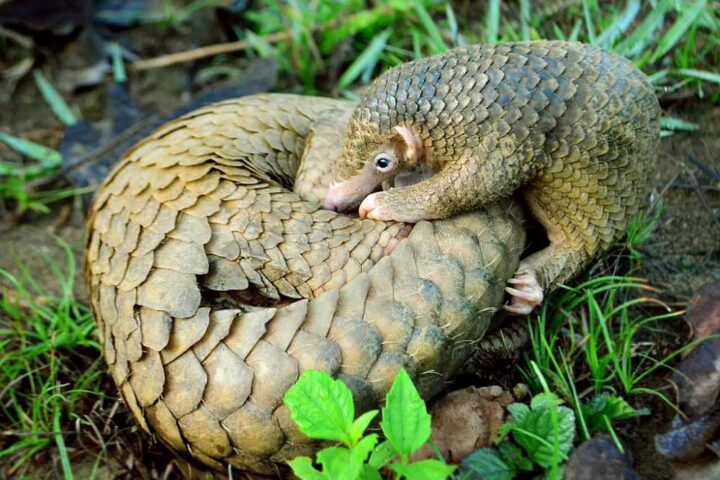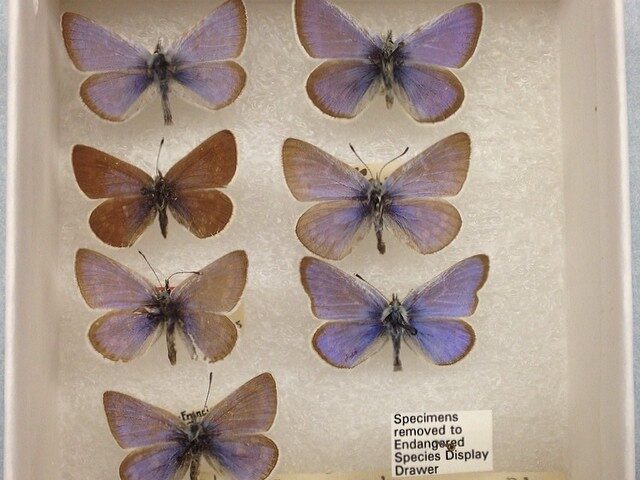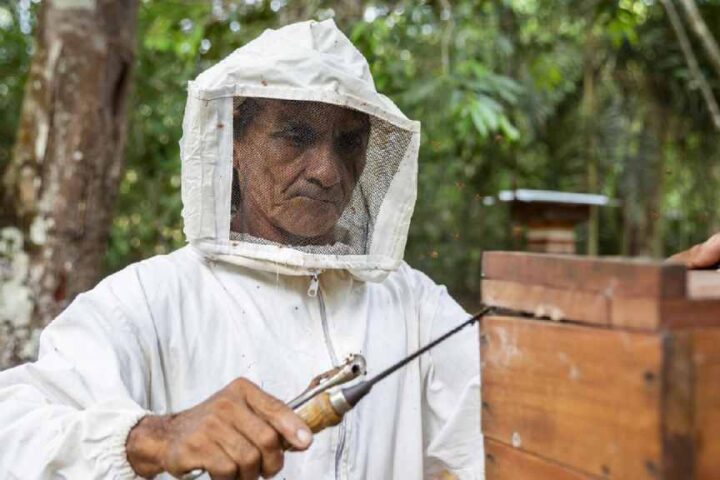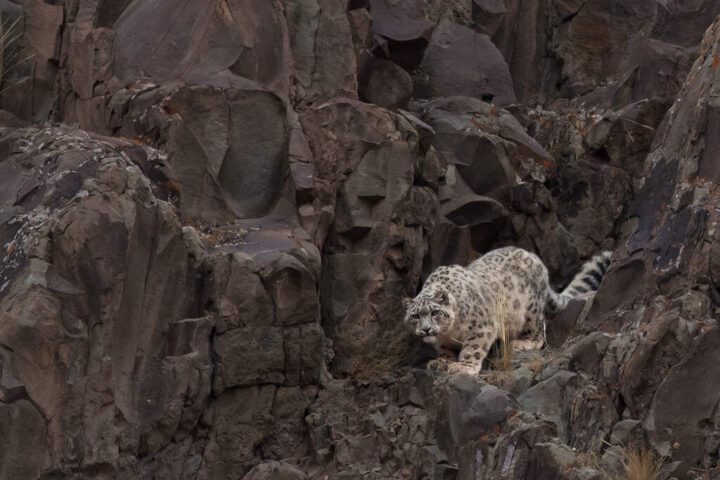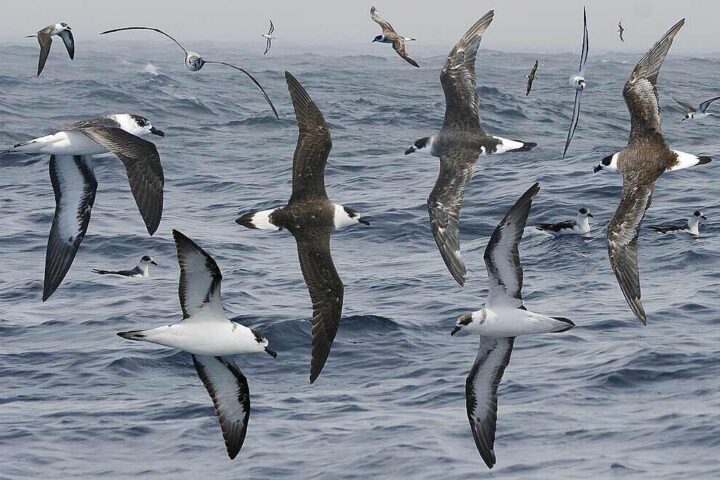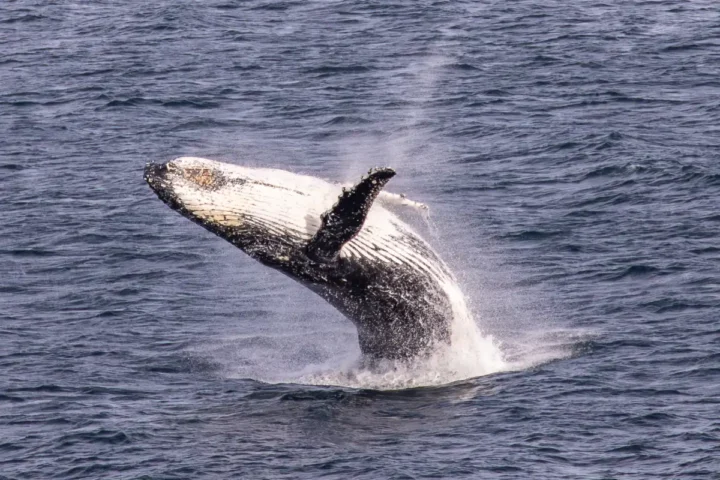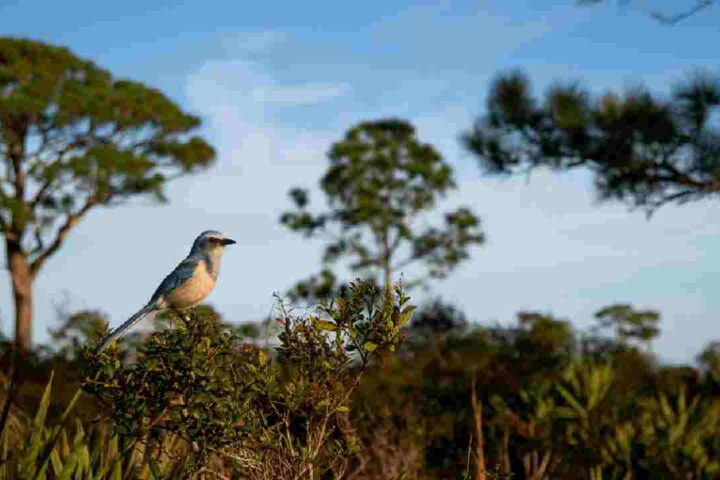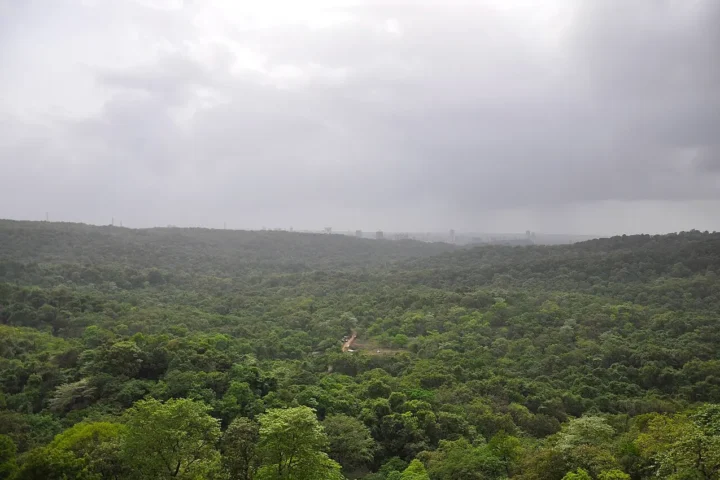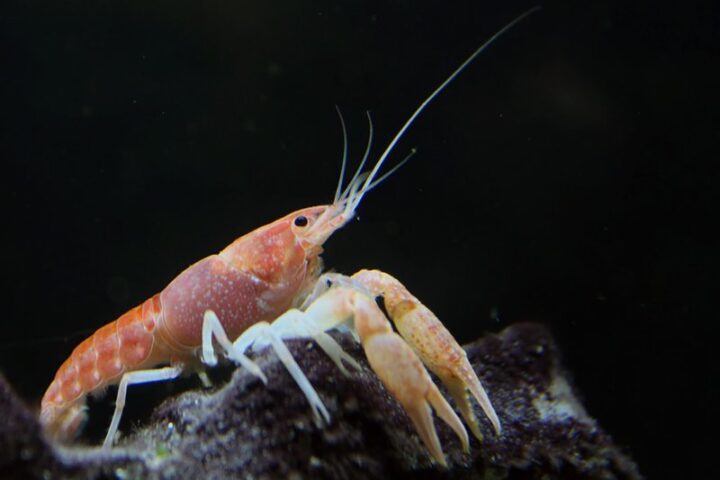🌿 India’s National Red List Assessment Initiative 🌿
Documenting Biodiversity • Assessing Threats • Protecting Heritage
At the IUCN World Conservation Congress in Abu Dhabi on October 9, 2025, India launched its comprehensive National Red List Assessment initiative. Union Minister of State for Environment, Forest and Climate Change Kirti Vardhan Singh presented India’s Vision 2025–2030, prepared by the Zoological Survey of India and Botanical Survey of India in collaboration with IUCN-India and the Centre for Species Survival.
This initiative aligns with the Convention on Biological Diversity and the Kunming–Montreal Global Biodiversity Framework, establishing a nationally coordinated red-listing system for accurate assessment, conservation planning, and informed policy development.
What is the National Red List Assessment?
The National Red List Assessment is India’s first comprehensive, multi-taxa threat assessment initiative that will evaluate the conservation status of native species using IUCN’s globally accepted scientific guidelines. This flagship program, spearheaded by the Ministry of Environment, Forest and Climate Change, represents one of the most comprehensive national conservation efforts worldwide.

Indian pangolin (Manis crassicaudata)—an Endangered species under the IUCN Red List. Between 2018–2022, official seizure data linked to India documented 1,203 pangolins in illegal trade, emphasizing the urgency of conservation vigilance. (Photo: D’Cruze N. et al., Nature Conservation 30 (2018): 83–105; via Wikimedia Commons, CC BY 4.0)
Key Objectives
🔬 Science-Based Assessment
Establish a nationally coordinated, inclusive system using IUCN Red List Categories and Criteria for rigorous species evaluation
📊 Biodiversity Database
Create a secure, accessible national database for evidence-based policy formulation and identification of Key Biodiversity Areas
🤝 Collaborative Approach
Engage taxonomists, conservation biologists, research institutions, and conservation networks across the country
📖 Traditional Knowledge
Document traditional knowledge alongside scientific data for comprehensive biodiversity conservation
India: A Megadiverse Nation
India stands among the world’s 17 megadiverse countries, hosting extraordinary biological wealth despite occupying only 2.4% of the world’s land area. The country harbors nearly 8% of global flora and 7.5% of global fauna, with 28% of plant species and over 30% of animal species being endemic.
India’s Biodiversity Share
Four Global Biodiversity Hotspots
🏔️ The Himalayas
Spanning across northern India, this hotspot hosts unique alpine and temperate ecosystems with endemic species adapted to high-altitude conditions and glacial environments.
🌧️ Western Ghats
A UNESCO World Heritage site stretching along the western coast, known for exceptional endemism in amphibians, reptiles, and plants within its tropical rainforests and montane ecosystems.
🦚 Indo-Burma
Covering northeast India and extending into neighboring countries, this hotspot features diverse habitats from tropical forests to grasslands, supporting rich faunal diversity.
🏝️ Sundaland
India’s Nicobar Islands form part of this hotspot, characterized by unique island biogeography and marine ecosystems with distinct evolutionary lineages.
Legal Framework
India maintains robust legal frameworks for biodiversity protection, with the Wild Life (Protection) Act of 1972 serving as the primary legislation. The Act was recently amended in 2022 to extend protection to species listed under CITES appendices, strengthening international cooperation for species conservation.
Vision 2025–2030: The Implementation Roadmap
The National Red List Roadmap outlines a structured five-year plan to comprehensively assess India’s biodiversity. This framework follows the IUCN Species Conservation Cycle: Assess, Plan, Act, Network, and Communicate.
Launch Phase: Initiative unveiled at IUCN World Conservation Congress. Begin training IUCN Red List Assessors and establish coordination networks among scientific institutions.
Capacity Building: Train and certify 300 assessors including scientists and domain experts. Develop standardized assessment protocols and digital tools for species monitoring.
Assessment Phase: Conduct systematic assessments of prioritized species, focusing initially on endemic and threatened taxa. Utilize GIS mapping for species distribution analysis.
Data Integration: Compile assessment results into centralized biodiversity database. Publish interim volumes on endemic and threatened species for immediate conservation action.
Publication: Release comprehensive National Red Data Books for flora and fauna covering 11,000+ species, forming the foundation for evidence-based conservation policy.
🔍 Taxonomic Precision
Led by ZSI and BSI, India’s apex taxonomic institutions, ensuring accurate species identification as the foundation for reliable assessments
🌐 Digital Infrastructure
Development of GIS mapping tools and digital platforms for real-time species monitoring and data accessibility
📈 Baseline Data
Generation of baseline data for threatened species to guide future Wildlife Action Plans and ecosystem restoration programs
🎯 Conservation Priorities
Identification of Key Biodiversity Areas and conservation priorities based on scientific threat assessment
What Makes India’s Approach Unique?
While Asian nations such as Bangladesh, Sri Lanka, and China have conducted similar multi-taxa assessments, India’s National Red List Assessment distinguishes itself through its scale and collaborative structure. The initiative brings together the country’s leading taxonomists, conservation biologists, and subject experts under a unified, nationally coordinated framework to accomplish this significant task.
Global Alignment & International Commitments
India’s National Red List Assessment initiative aligns with multiple international frameworks and agreements, demonstrating the country’s integrated approach to biodiversity conservation and sustainable development.
🌍 Convention on Biological Diversity (CBD)
The initiative fulfills India’s commitments under the CBD, supporting global efforts to conserve biological diversity and ensure sustainable use of its components.
🎯 Kunming–Montreal Global Biodiversity Framework
Directly supports Targets 3, 4, and 6 of the KMGBF, addressing species conservation, ecosystem restoration, and sustainable management goals for 2030.
🌡️ Paris Agreement
Reinforces the intrinsic link between biodiversity conservation and climate action, supporting climate resilience through ecosystem protection.
🎓 Sustainable Development Goals
Contributes to multiple UN SDGs, particularly SDG 15 (Life on Land) and SDG 13 (Climate Action), through evidence-based conservation.
📋 IUCN Red List Standards
Adheres to globally accepted scientific guidelines established by IUCN for assessing species extinction risk and conservation status.
🔗 National Integration
Aligns with national programs on ecosystem restoration, wildlife conservation, and climate resilience.
Current Assessment Gap
Despite India’s rich biodiversity, only 6.33% of Indian plant species and 7.2% of animal species have been assessed for the Global IUCN Red List. This initiative will significantly bridge this knowledge gap, providing comprehensive data for conservation decision-making.
Supporting Conservation Outcomes
The National Red List Assessment will provide critical data to support ongoing conservation efforts across India’s diverse ecosystems, from Himalayan glacial regions to coastal marine environments.
Building a Science-Based Conservation Future
The National Red List Assessment initiative was presented at the IUCN World Conservation Congress in Abu Dhabi on October 9, 2025. The Vision 2025–2030 document was released, outlining the framework prepared by the Zoological Survey of India and Botanical Survey of India in collaboration with IUCN-India and the Centre for Species Survival.
The program aims to assess over 11,000 species by 2030, with 300 assessors to be trained over the five-year period. National Red Data Books for flora and fauna are scheduled for publication by 2030, following IUCN-aligned scientific guidelines and methodologies.
The initiative establishes a nationally coordinated red-listing system aligned with the Convention on Biological Diversity and the Kunming–Montreal Global Biodiversity Framework. It will create a central biodiversity database for evidence-based policy formulation and identification of Key Biodiversity Areas.



